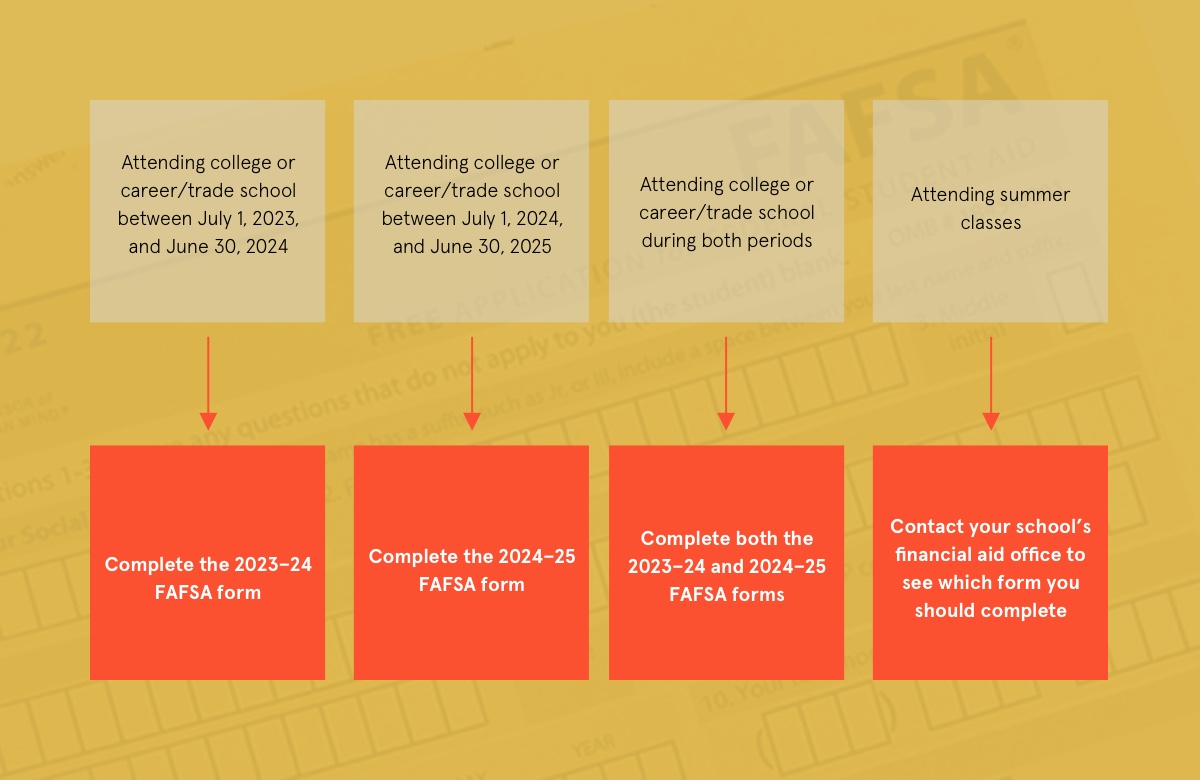Impact on Students
Jones is worried about a drop off in students who are on the margin or are from underserved groups. Enrolling in college is hard enough for first-generation new students, he said, which is why he’s afraid obstacles like the FAFSA issue will simply be too much to overcome.
He offered the example of a student whose parent didn’t have a Social Security number as being one of many unforeseen issues his staff has been working to help students overcome.
“There’s a process for someone without a Social Security number to authenticate who they are and get their federal student aid ID,” Jones explained. “That process isn’t working as well as the guidance the federal government put out said.”
He added that he wants students and their families to be persistent and not give up on completing the FAFSA.
“Don’t give up,” he stressed to students. “Reach out to trusted individuals. We certainly want to help.”
To prevent students from falling off, Jones and his team are working with high school counselors, educational opportunity centers, college advising counselors and TRIO partners to reach out to students who may be “confused, stymied, frustrated” so that they can help them better understand the process and advocate for them when processes that should be working aren’t.









